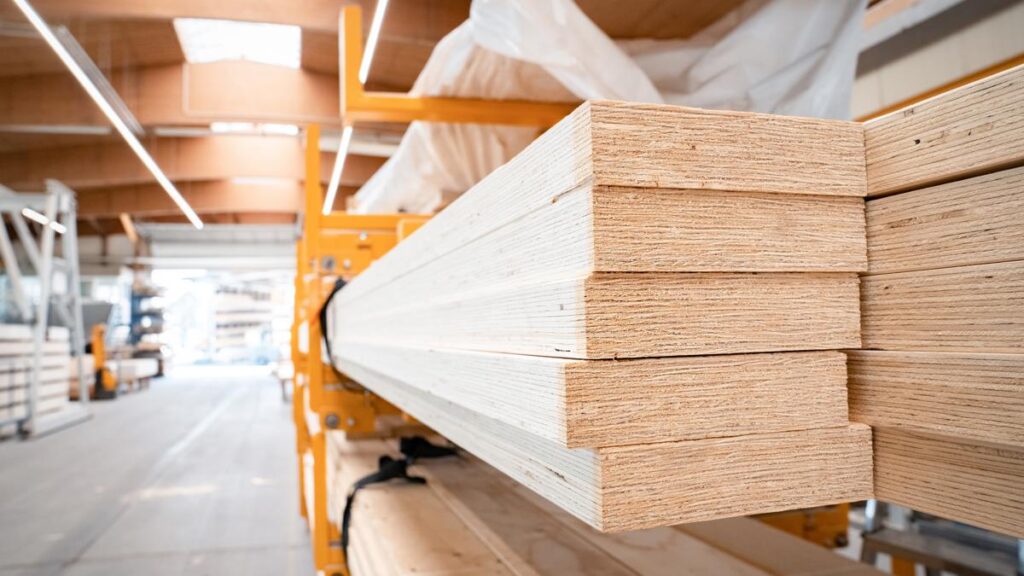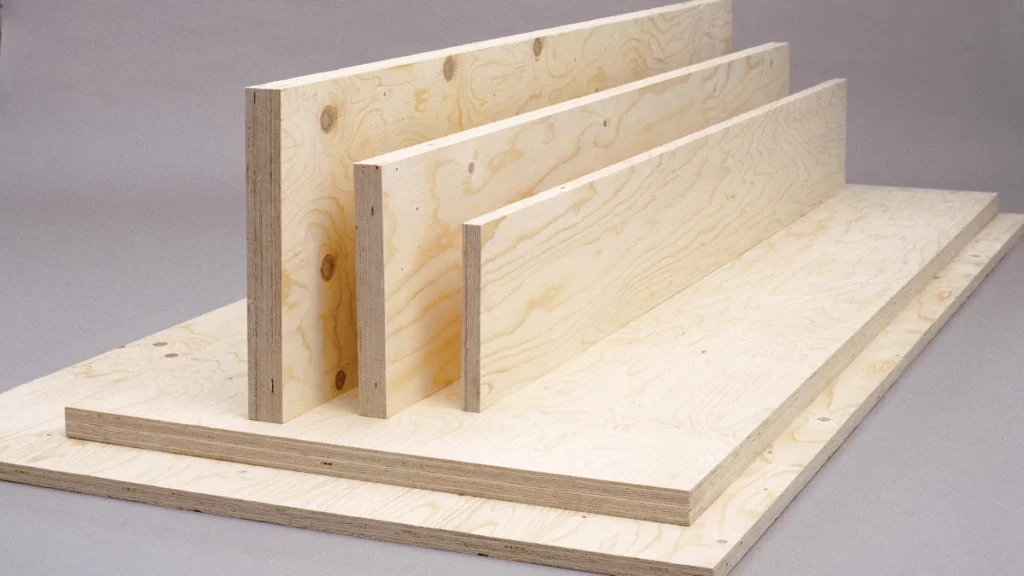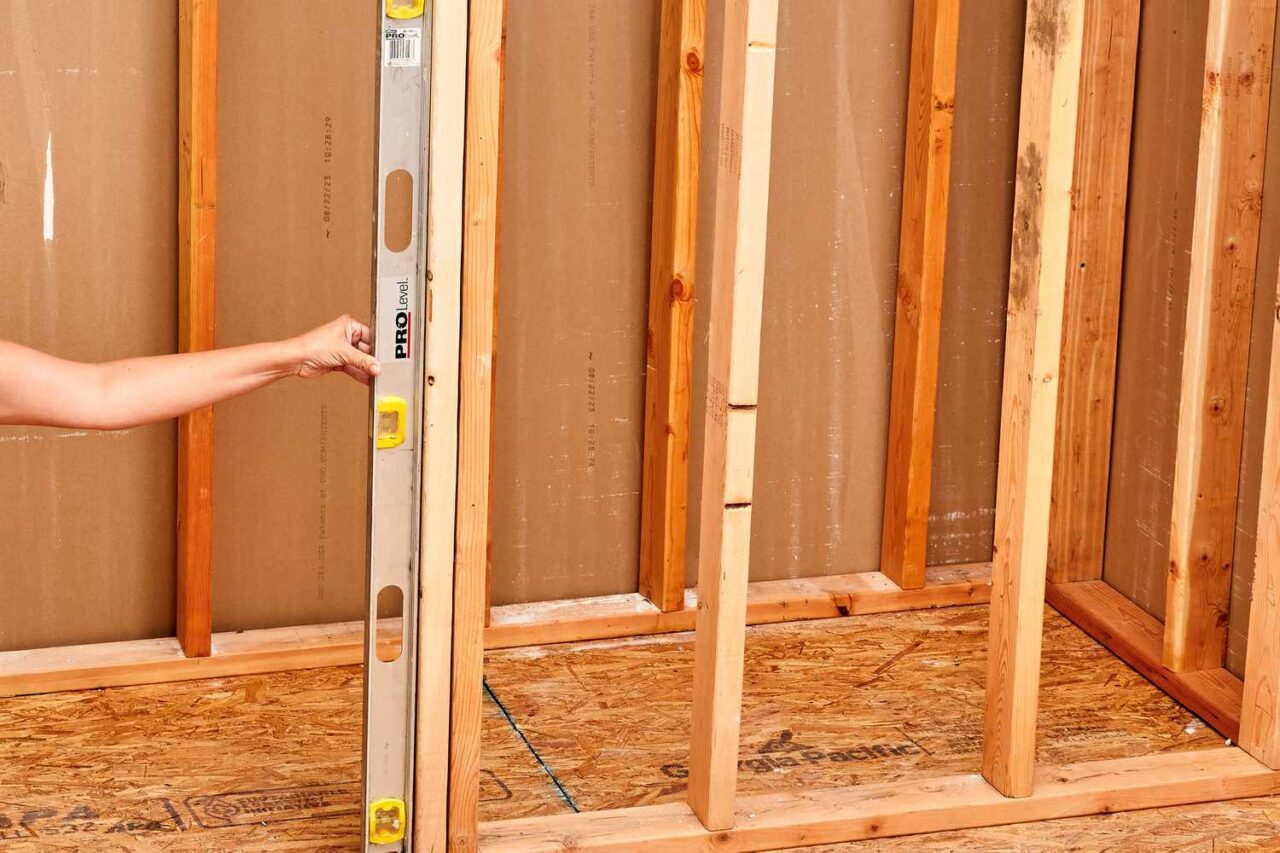Understanding LVL Timber Formwork
What is LVL Timber Formwork?
LVL, or Laminated Veneer Lumber, is a high-performance engineered wood product made from thin layers of wood veneer that are bonded together with adhesives. This construction gives LVL timber formwork its superior strength, stability, and resilience. It is extensively used in various construction applications, particularly as formwork for concrete pours, thanks to its dimensional stability and load-carrying capacity.
LVL timber formwork is not the only option available. Alternatives, including steel and aluminum formwork, may offer unique advantages depending on specific project needs. Steel formwork, for instance, is highly durable and can be reused multiple times with minimal maintenance. However, it typically comes with a higher initial investment compared to LVL. This upfront cost can be offset by the longevity and reusability of steel, making it a cost-effective choice for large-scale projects where formwork is needed repeatedly.
LVL timber is produced through a meticulous process that ensures each layer aligns in a specific direction. This alignment enhances its mechanical properties, making it a preferred choice for heavy-duty formwork systems. Unlike traditional timber, LVL is less prone to warping or splitting, which can occur due to moisture exposure or temperature changes during concrete curing.
Benefits of Using LVL Timber Formwork
One of the primary benefits of LVL timber formwork is its strength-to-weight ratio. It is significantly lighter than solid timber while providing equivalent or greater load-bearing capabilities. This makes it easier to handle on construction sites, resulting in less labor time and reduced risk of injury.
Moreover, LVL timber is also resistant to the common issues faced by traditional lumber, such as bowing and twisting. This attribute ensures that the formwork remains true to shape throughout the construction process, leading to a better-quality concrete finish.
Another significant advantage is its versatility. LVL can be customized to a wide range of specifications, allowing it to be used for various formwork designs, from simple slabs to complex structures. This can facilitate a smoother workflow and enhance construction efficiency.
In addition to its practical benefits, LVL timber formwork also contributes to sustainability in construction. As an engineered product, LVL utilizes less wood than traditional lumber while maximizing material efficiency. This means that fewer trees are harvested, making it a more environmentally friendly option. Furthermore, many manufacturers source their veneers from sustainably managed forests, ensuring that the production of LVL timber aligns with eco-friendly practices.
Another noteworthy aspect of LVL timber formwork is its performance under varying environmental conditions. Unlike conventional timber, which can be affected by humidity and temperature fluctuations, LVL maintains its integrity and performance, making it suitable for use in diverse climates. This reliability is crucial for projects that require consistent quality and durability, especially in regions prone to extreme weather conditions. As a result, contractors can confidently use LVL timber formwork in a wide array of projects, knowing it will perform well regardless of the environment.

Factors Influencing LVL Timber Formwork Prices
Material Quality and Pricing
The quality of LVL timber is a key determinant of its price. Higher-quality LVL is manufactured with premium veneers, which undergo stricter quality control during production. This results in a more durable product capable of withstanding heavy loads, but it also raises the price.
Additionally, the grade of adhesive used in the manufacturing process also affects pricing. Adhesives that are more resistant to moisture or designed for structural applications typically result in higher costs. Ultimately, choosing between budget-friendly options and higher-end materials often involves a trade-off between upfront cost and long-term performance.
Furthermore, the sourcing of raw materials can also influence the cost of LVL timber. Sustainable forestry practices and certifications, such as FSC (Forest Stewardship Council), can add to the price due to the increased costs associated with responsible harvesting and environmental stewardship. Buyers who prioritize sustainability may find themselves paying a premium, but they are also investing in a product that supports eco-friendly practices and helps protect natural resources for future generations. Find more about Sustainable on https://www.sustain.ucla.edu/what-is-sustainability/
Market Trends and Pricing
The market dynamics surrounding LVL timber formwork are influenced by several factors. For instance, fluctuations in the demand for construction projects during peak seasons can drive prices upwards. Economic trends, such as the supply chain disruptions or changes in building regulations, can also impact availability and costs.
It’s worth noting that localized factors play a significant role as well. Prices may vary from region to region based on local competition among suppliers, transportation costs, and regional demand for timber products. Keeping an eye on these market trends can help savvy buyers forecast potential price changes and plan their purchases accordingly.
Moreover, technological advancements in the construction industry are also shaping the landscape of LVL timber pricing. Innovations in production methods can lead to more efficient manufacturing processes, potentially lowering costs over time. Additionally, the rise of prefabricated construction techniques has increased the demand for high-quality LVL timber, as builders seek materials that offer both strength and lightweight properties. This growing trend may further influence market prices, as manufacturers adapt to meet the evolving needs of the construction sector.
Strategies to Get the Best Value
Buying in Bulk
One effective strategy to secure better pricing on LVL timber formwork is purchasing in bulk. Many suppliers offer discounts for larger orders, which can significantly reduce the per-unit cost. This approach is especially beneficial for contractors involved in extensive projects, where the need for formwork may be substantial.
Moreover, buying in bulk can mitigate supply chain issues. By placing a larger order, construction companies can ensure they have sufficient materials on hand, reducing the risk of construction delays caused by shortages. This proactive approach not only helps in maintaining project timelines but also allows for better inventory management, as contractors can plan their material usage more effectively. Additionally, bulk purchasing can lead to lower shipping costs per unit, further enhancing the overall savings on large projects.
Negotiating with Suppliers
Negotiation is an essential component of any purchasing strategy. Engaging with suppliers can lead to better deals, especially if you approach them with information about competing offers. Establishing a strong relationship with suppliers can also open doors to exclusive discounts and promotions that may not be readily available to all buyers. To read more about relationship click here.
Additionally, discussing potential long-term contracts can further incentivize suppliers to offer competitive pricing. By committing to ongoing purchases, you may negotiate terms that provide you with cost savings over time. Furthermore, maintaining open lines of communication can lead to a better understanding of market trends and pricing fluctuations, allowing you to time your purchases strategically. Suppliers often appreciate loyal customers and may prioritize their needs, ensuring that they receive timely deliveries and quality products, which can be crucial for maintaining project momentum.
Find more about about lvl timber formwork on: Understanding LVL Formwork The Durable Solution for Construction
Maintaining LVL Timber Formwork for Longevity
Proper Storage of LVL Timber Formwork
To maximize the lifespan of LVL timber formwork, appropriate storage is crucial. LVL should be kept in a dry environment, ideally elevated off the ground to prevent moisture absorption from soil or concrete. Furthermore, the stacks should be covered to protect them from rain or snow.
Proper air circulation is equally important; therefore, stacks should not be tightly bundled. Ensuring adequate space between the layers allows for air movement, which helps in preventing mold and mildew growth, ultimately extending the usability of the LVL formwork. Additionally, it is beneficial to store LVL timber in a temperature-controlled environment when possible, as extreme temperatures can lead to warping or other forms of damage. Using breathable tarps or covers can also provide protection from the elements while allowing moisture to escape, further safeguarding the integrity of the timber.
Regular Maintenance and Inspection
Beyond proper storage, regular maintenance and inspection are essential for retaining the structural integrity of LVL timber formwork. Before and after each use, the formwork should be examined for signs of damage or wear and tear, such as cracks or delamination.
Any damaged pieces should be repaired or replaced promptly to avoid compromising the structural quality during use. Additionally, cleaning the formwork after each use can help maintain its condition, preventing concrete buildup that can lead to premature deterioration. It is also advisable to apply a protective sealant periodically, which can provide an extra layer of defense against moisture and chemicals found in concrete. This proactive approach not only enhances the durability of the LVL timber but also minimizes the risk of contamination that could affect future projects. Regularly documenting the condition of the formwork can also be beneficial, as it allows for tracking wear patterns and making informed decisions about maintenance and replacement schedules.

Alternatives to LVL Timber Formwork
Comparing Costs and Benefits
On the other hand, aluminum formwork is lighter and easier to handle, which can reduce labor costs. It is also highly resistant to corrosion and offers the potential for quick assembly. However, aluminum formwork can be less adaptable to different shapes and sizes than LVL. Each option comes with its own set of costs and benefits that should be assessed relative to the specific demands of the project at hand. Additionally, the choice of formwork material can impact the overall quality of the concrete finish, with some materials providing smoother surfaces than others, thus influencing the final aesthetic and structural integrity of the build.
Making the Right Choice for Your Project
Ultimately, the decision on whether to use LVL timber formwork or one of its alternatives should be based on a thorough analysis of the project requirements, budget constraints, and long-term goals. Factors such as the complexity of the project, the expected load capacity, and the timeline for completion should all play a role in the decision-making process. Moreover, environmental considerations are becoming increasingly important in construction; for instance, the carbon footprint associated with the production and disposal of formwork materials can influence the choice of formwork, especially for projects aiming for sustainability certifications.
It is advisable to consult with experienced professionals or suppliers who can provide insights based on previous projects and current market conditions. By weighing all the options carefully, you can make an informed choice that ensures the success of your construction endeavor. Engaging with a diverse team of experts, including architects and structural engineers, can also provide a holistic view of how different formwork materials might interact with other elements of the construction process, leading to innovative solutions that enhance efficiency and performance.

Leave a Reply